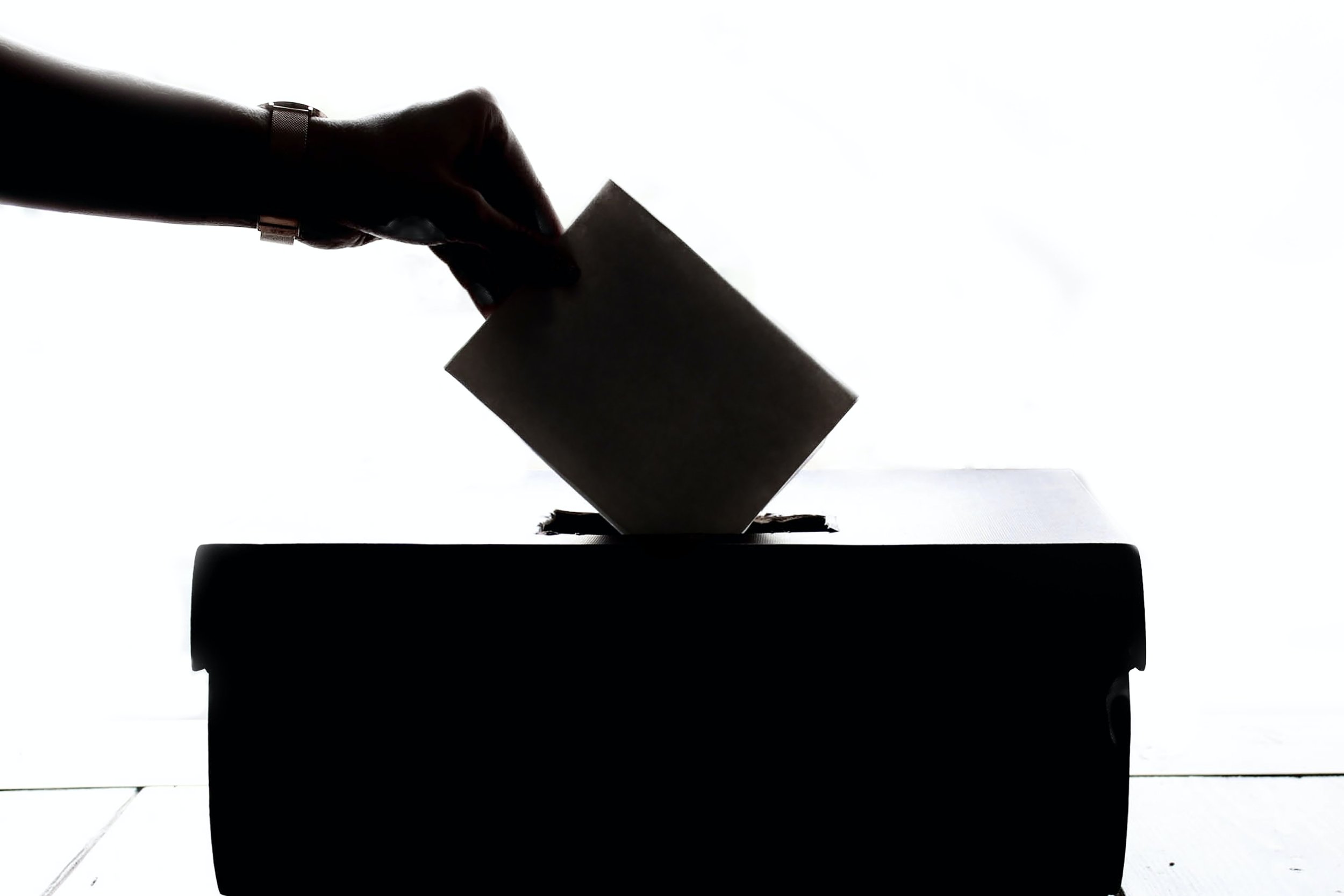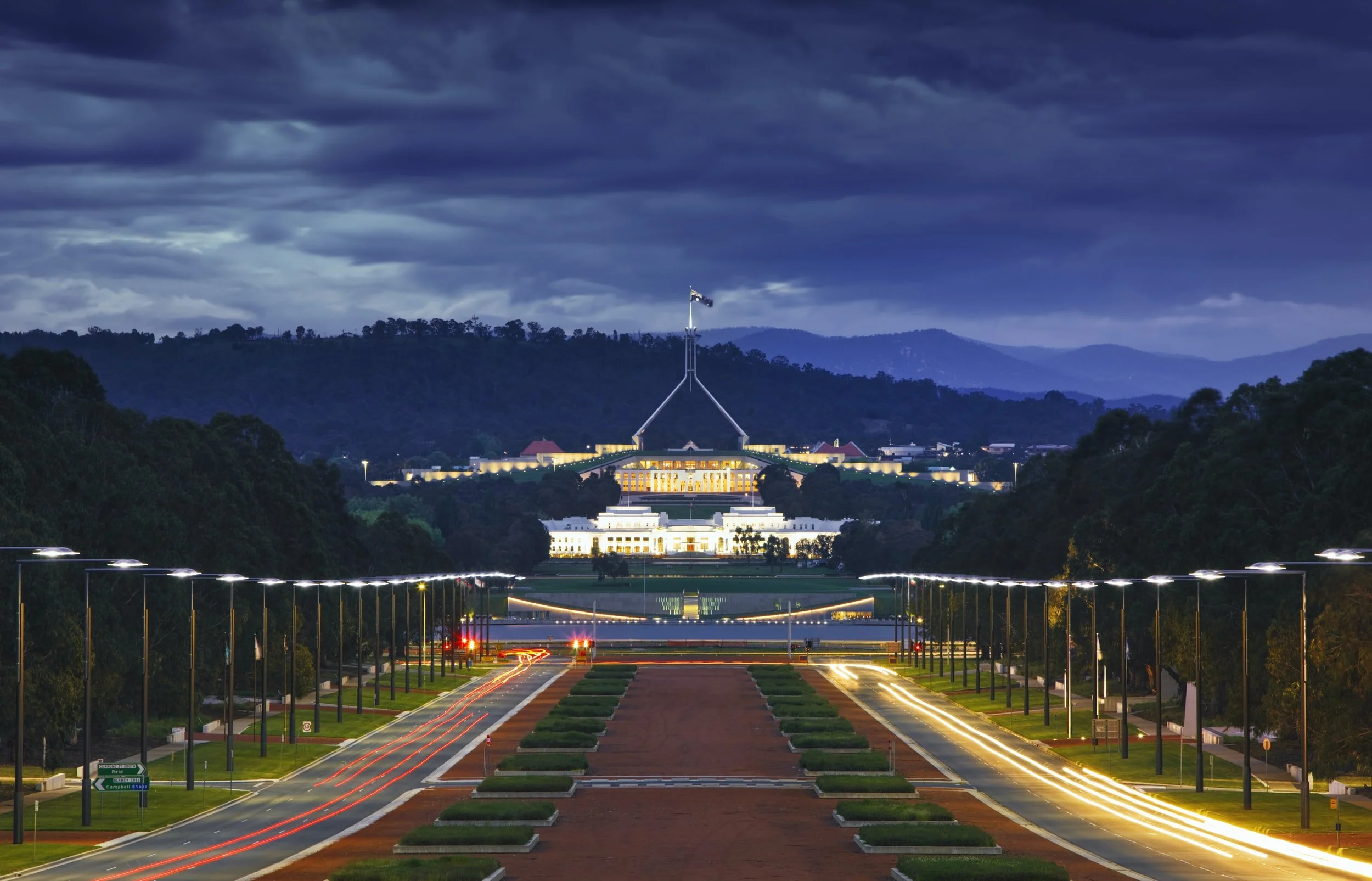In today’s post, Hyein Cho (@hyein_ellen_cho) and Marie Segrave (@MSegrave) from Monash University (@MonashUni) present a snapshot of their recently launched report on Victorian local councils and gender equality. They detail seven key findings in the report and highlight four of them here.
Read MoreDr Adrian Bazbauers (@AdrianBazbauers) of the Public Service Research Group, UNSW Canberra discusses his new analysis of how multilateral development banks approach gender.
Read MoreTo great fanfare, the Albanese government announced a cabinet that had the highest rates of female representation in Australian history. In today’s analysis, Anna Hough (@AnnaC_Hough) of the Australian Parliamentary Library (@ParlLibrary) compares the gender composition of both the cabinet and the shadow cabinet with recent historical elections. While representation is important, the kinds of portfolios led by women are also analysed. This analysis was originally published on the Parliament of Australia website.
Read MoreThe 2022 election results were driven by women looking for real change on the issues that matter to them. In today’s analysis, Kathy MacDermott & Helen Hodgson, of the National Foundation for Australian Women (@NFAWomen), provide a prioritised list of actions that women should advocate for from the new Labor-led government.
Read MoreWomen were the driving force behind the federal election outcome, which sent a reprimand to the major parties and is set to significantly increase the diversity of Parliament, including a higher number of women. What does the electorate want from the new government? In today’s analysis, five of the women’s peak organisations – the Equality Rights Alliance (@ERAAustralia), Women With Disabilities Australia (@WWDA_AU), the National Rural Women’s Coalition (@NRWNetwork), Harmony Alliance (@Aus_Harmony), and the National Women’s Safety Alliance (@NWSAAU) – come together to provide input on key priorities for Australian women. These are five of the six National Women’s Alliances, funded by the Commonwealth Government’s Office for Women.
Read MoreWomen have been the central story of the 2022 federal election. In today’s analysis, Jessica Lane of Women for Australia (@Women4Aus) provides a breakdown of the election results and what lessons can be drawn from the outcome. Women for Australia supports progressive women to run for political office.
Read MoreGender equality and the treatment of women have been persistent political and policy issues throughout the 46th Australian Parliament. In today’s analysis, Associate Professor of International Relations Katrina Lee-Koo (@KateLeeKoo), from Monash University (@MonashUni), explores how gender equality and the treatment of women are likely to shape the vote at Saturday’s election.
Read MoreThere is increasing interest in the links between women’s health and their socio-economic constraints. Today’s vitally important analysis is drawn from a newly-published longitudinal analysis that demonstrates a range of factors that are overwhelmingly gendered is creating a road to poverty for Australian women, negatively impacting on their mental health in demonstrable ways. This piece is authored by Joanne Enticott (@EnticottJo), Emily Callender (@EmilyCallander), Rhonda Garad, and Helena Teede, all of Monash University’s Centre for Health Reserach and Implementation (@MonashUni). This article originally appeared in Monash Lens and is republished with permission.
Read MoreWhile approaches to ensure better legislative decisions for women include such activities as gender responsive budgeting, the most fundamental action would ensure that women are truly representative in Australia’s legislative bodies. In the lead-up to the Federal Election, we are running a series of specific asks for policy change. Today’s piece by Sandy Venn-Brown, Menaka Cooke and Terrie Roberts, all of the Women’s Electoral Lobby (@WELAus) makes the argument for instituting a quota system.
Read MoreWhile it has been anticipated for several years now, the Religious Discrimination Bill 2021 is already making headline news for failing to protect individuals from discrimination based on religious belief. In today’s analysis, Helen Dalley-Fisher and Toni Hassan (@ToniHassan) of the Equality Rights Alliance (@ERAAustralia) provide a summary of ERA’s submission that explains how the Bill will undermine gender equality. Portions of this analysis also previously appeared in the Canberra Times.
Read MoreThe Federal Government’s Women’s Safety Summit indicates a keen interest in doing more to keep women safe; however, social security settings were not a focus of the agenda, despite the central role that financial security plays in securing women’s safety and agency. In today’s analysis, Lily Gardener and Policy Whisperer Susan Maury of Good Shepherd Australia New Zealand (@GoodAdvocacy), and Frances Davies of the National Foundation for Australian Women (NFAW) argue that the JobSeeker Payment, originally designed for younger unemployed men, is disproportionately exacerbating poverty for women. This analysis is part of the NFAW (@NFAWomen) Gender Lens on the Budget series, drawing on the income support analysis.
Read MoreGender inequality takes many shapes, embedding into systems and structures in ways that may be hidden. In today’s analysis, Policy Whisperer Susan Maury (@SusanMaury) and Lily Gardener of Good Shepherd Australia New Zealand (@GoodAdvocacy) and Frances Davies of the National Foundation for Australia Women (NFAW) provides a thorough analysis of how Australia’s social security settings, by maintaining the sole use of the CPI in most income support payments is disproportionately exacerbating poverty for women. This analysis is part of the NFAW (@NFAWomen) Gender Lens on the Budget series, drawing on the Indexing analysis, as well as on Good Shepherd’s submission on the adequacy of the Newstart Allowance.
Read MoreEarlier this year, Australians were shocked to hear Brittany Higgins’ story – not only of her alleged sexual assault in Parliament House, but also the lack of a process to report and address her allegations. More recently, Annabel Crabb’s series Ms Represented showcased the historic and continuing barriers to inclusion and respect that women face in Australian politics. In today’s analysis, Josefina Erikson (@Josefinaerikson) of Uppsala University (@UU_PoliSci), shares a summary of her recently-published paper, co-authored with Cecilia Josefsson (@CeciliaJsfssn). It provides a framework encompassing five dimensions, explaining how parliaments fail to operate as gender-sensitive workplaces despite increasing numbers of women working there.
Read MoreDespite being most notable for its ungenerous policies, Australia’s Paid Parental Leave has increasingly incorporated changes to encourage fathers or secondary carers to take leave. But is it working? In today’s analysis, Deborah Widiss (@DeborahWidiss) of Indiana University (@IUMaurerLaw) compares Australia’s policies to the US, where uptake by fathers or secondary carers is much greater. This analysis is drawn from a recently-published article that can be found here.
Read MoreAs lockdowns become ‘the new normal’ in Australia, working from home, at least for some workers, is also becoming normalised. While working from home provides many women with the much-needed flexibility they need, there is also potential for a further eroding of gender equality, both in the workplace and the home. In today’s analysis, Sally Moyle (@SallyMoyle) and Helen Innes, both with the National Foundation for Australian Women (@NFAWomen) Gender Lens on the Budget team, explain how the government should be responding to the rapid changes in work-from-home practices. This analysis is drawn from their Federal Budget 2021/22 analysis on work from home policies. You can read a summary of NFAW’s infrastructure analysis here, and an overview of how the budget is analysed here.
Read MoreOn Wednesday and Thursday of this week, 16 – 17 June 2021, the 50/50 by 2030 Foundation hosted its inaugural symposium, ‘Equals Now’ at the University of Canberra. In today’s post, Laura Davy (@LauraKDavy) and Briony Lipton (@briony_lipton) reflect on the key themes and highlights from this excellent 2-day conference.
Read MoreKathleen Herbert reflects on what needs to change so we can convince women to enter parliament.
Read MoreWomen’s engagement with employment is nearly on parity to men’s, yet workplaces have been slow to consider how women’s needs may differ. Australia is leading the way in considering how reproductive health needs can be accommodated through designated leave policies, but there is no consensus on the issue. In today’s piece, University of Sydney (@USydneyEcon) researchers Sydney Colussi (@Sydney_Colussi), Elizabeth Hill (@ElizabethHill00) and Marian Baird (@ProfMarianBaird) make the case for reproductive health leave as a key lever for gender equality in the workplace. This piece originally appeared in the Sydney Morning Herald.
Read MoreEveryone who is concerned about Australia’s economic recovery from the impacts of COVID-19 was glued to the presentation of the Federal Budget documents on May 11th. While the budget highlights gains for women, will it actually deliver? As a document that reflects true priorities and values, the National Foundation for Australian Women (@NFAWomen) is busy dissecting and analysing the budget to bring to light how effective this budget will be in promoting gender equality. Sally Moyle (@SallyMoyle) provides insight into this important process.
Read MoreOne of the headline figures in Tuesday’s federal budget was a A$1.1 billion dollar investment in women’s safety. This came as part of a special women’s budget statement, which pitched the budget as helping provide women with “respect, dignity, choice, equality of opportunity and justice”. It also comes amid a national crisis in domestic violence. On average, one woman is killed every week in Australia by a male current or former partner. So does the budget deliver on its promise to prioritise women’s safety and equality at home and at work? Does it do enough?
Read More




















